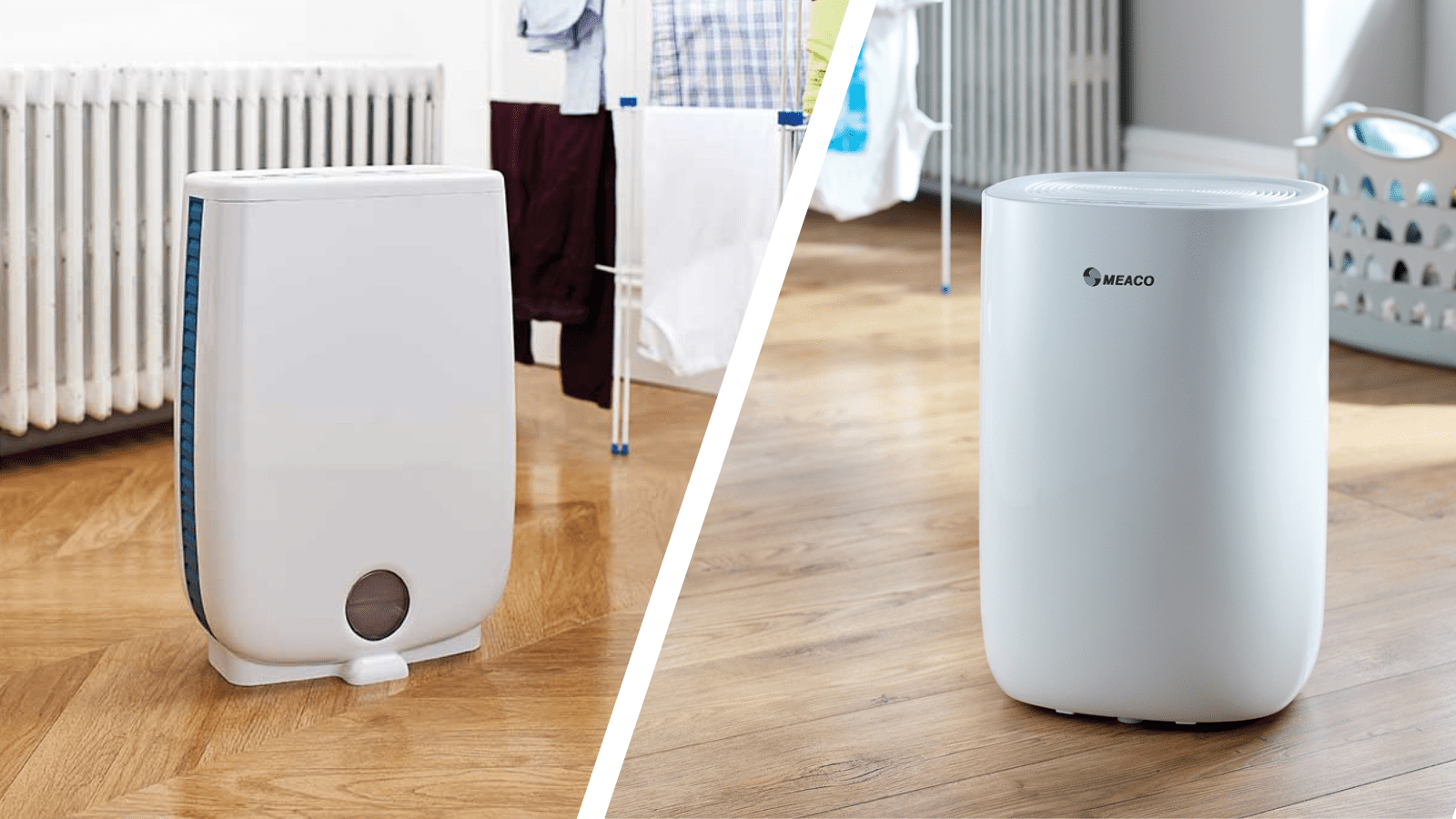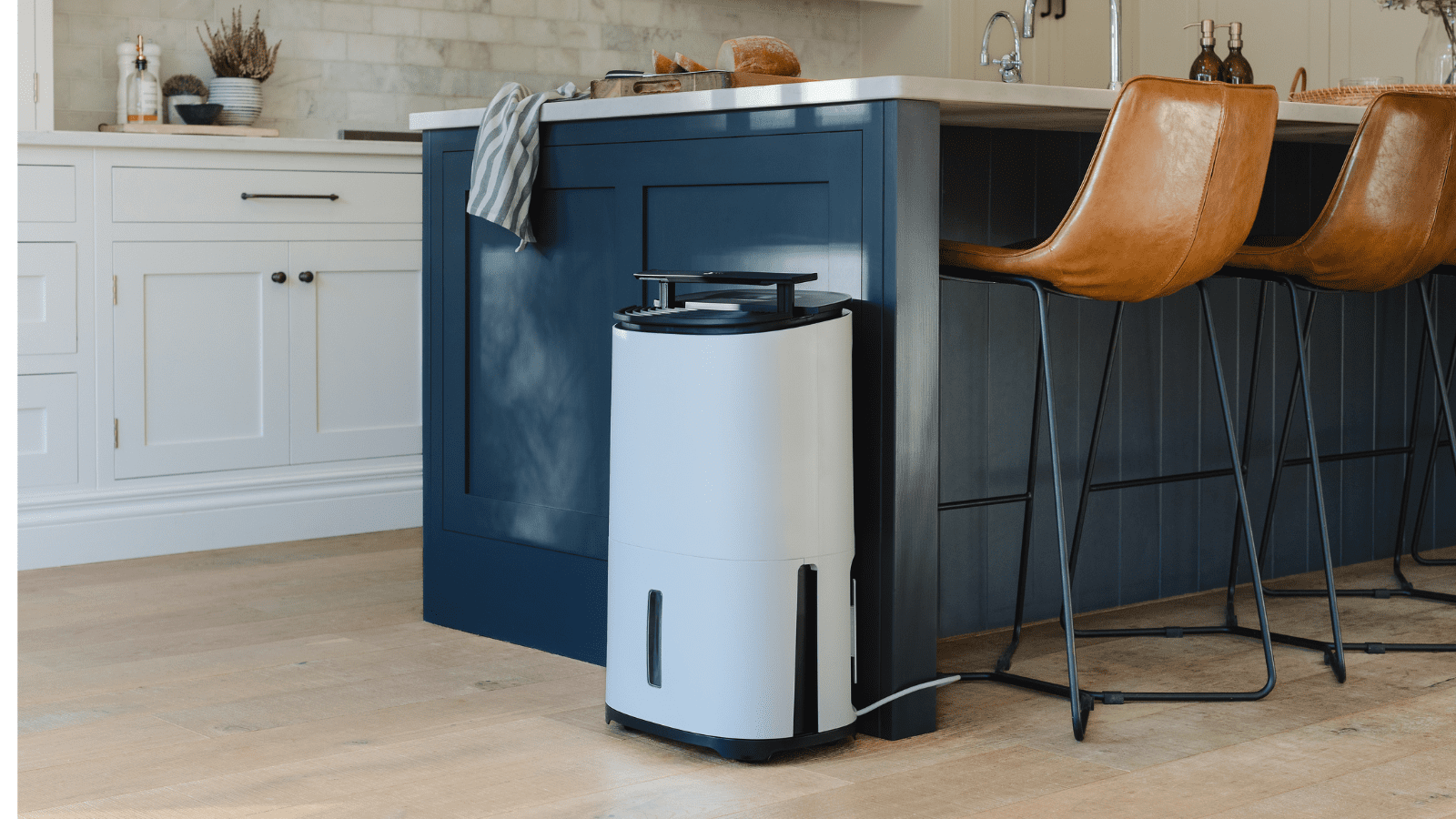We are often told that if you live in a damp home that all you have to do is open the windows to solve the problem, I have lost count of the number of times that I have seen articles about tenants complaining about damp accommodation only for people to comment ‘why don’t they open the windows?’ as a solution to the problems.
So what is the truth about this, is it as simple as just opening the window?

During our normal daily lives we create moisture in our homes by bathing, showering, washing, breathing(!), drying laundry, cooking, arriving home wet etc. It really is remarkable how much moisture we produce each day.
The problem comes in the winter months when we keep the windows closed and the surfaces of the walls and windows become colder because the outside air temperature is lower. The moisture becomes trapped within the house and when it comes into contact with the colder surfaces it starts to condense. This is when we see the problem and when mould is likely to start to grow. The increase of moisture in the air will also mean that it becomes harder to heat the air, heating bills will go up and the home will feel colder. If clothes are being dried on a clothes horse then they will take longer to dry because the air around them is damp and the high relative humidity might also result in health issues.
The answer is to get rid of the damp air in order to reduce the relative humidity in the house.
Opening the window will certainly introduce fresh air to the room which could help to dry the air. The air coming into the space will more than likely be damp, it could well be damper than the air that it is replacing. This page from BBC weather shows that the average relative humidity in London varies between around 58%rh and 88%rh throughout the year. Mould grows at 68%rh and condensation can easy form on a cold surface from any relative humidity within that range.
So how will opening the window help if the air coming in is damp already?
-
If you bring fresh air into the house then the same amount of air will leave the house so some of your damp air will be forced out to outside.
-
If the air coming in is colder than the temperature of the house then it will be heated up.
-
If you heat air then the relative humidity of the air falls.
Today in Guildford the BBC tells me that the outside air is 6°C and 74%rh. If I heat that air up to 20°C then the relative humidity will fall to 30%rh, this is how fresh air can help to dry a space.
But there are other implications that have to be taken into account when looking at the method, the science works but it does not tell the full story on its own.
-
Do I want a cold draught running through my house constantly?
-
How much will my heating bill go up because I am constantly heating this air up from circa 6°C to 20°C and then pushing it to outside once again?
-
Can I trust my children to open the windows after they have had a shower (no!)?
Customers have also expressed other objections to this method
-
Leaving windows open is a security risk for them.
-
They live close to a main road so opening windows brings in both noise and air pollution.
-
Their heating system is not powerful enough to heat the air up quickly enough.
-
They don’t heat all of the rooms in their house.
So the science behind the comment ‘just open the windows’ could work but for many people the reality is quite different and this is why so many people rely on a dehumidifier to remove the damp from the air.
Products featured: dehumidifiers







